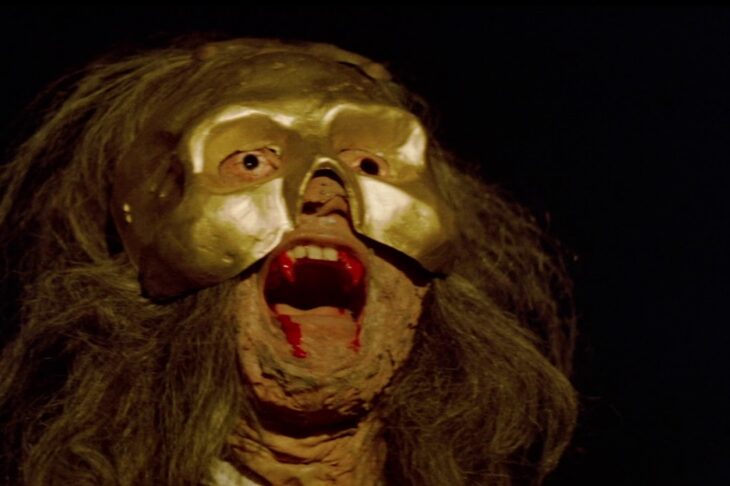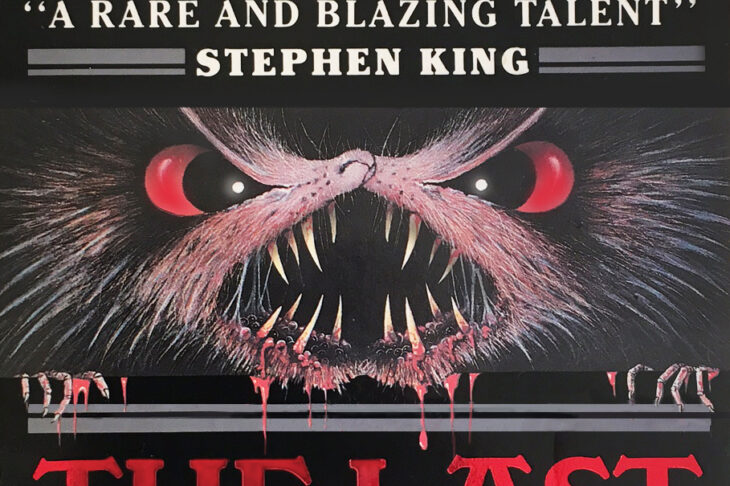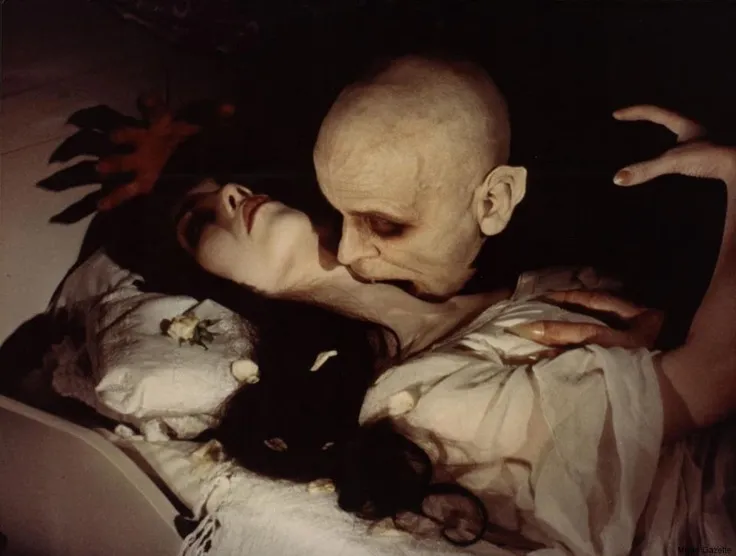
Is Vampire Fiction Undead?
The explosion of vampire fiction in the last four or five decades has been nothing short of remarkable. There are now literally thousands of books, short stories, films and comics featuring our fanged friends. They’ve managed to inveigle their way into large parts of our society to such an extent that many people believe these fictional creatures actually exist. When Bram Stoker’s Dracula was first published, it didn’t cause much of a stir or get that many rave revues. It was only when we stepped into the 20th century that its popularity began to gather pace.
Vampires have become so popular today that they have even managed to bridge the gap between genres. No longer a simple staple of horror, you can find vampires leaching into romance, comedy, young adult fiction, sci-fi and even the odd serious tome as in the case of Let the Right One In. Whether you want to tell a bromance or rights of passage story, a balls clenched thriller or a art house passion killer, you can do it with a vampire as your central character.
So, what makes vampire fiction endure? Why are we still so fascinated by these undead creatures of the night? Has everything blood sucking been done to death? Or does our friend the night crawler still have a few more tricks up his or her bony sleeve?
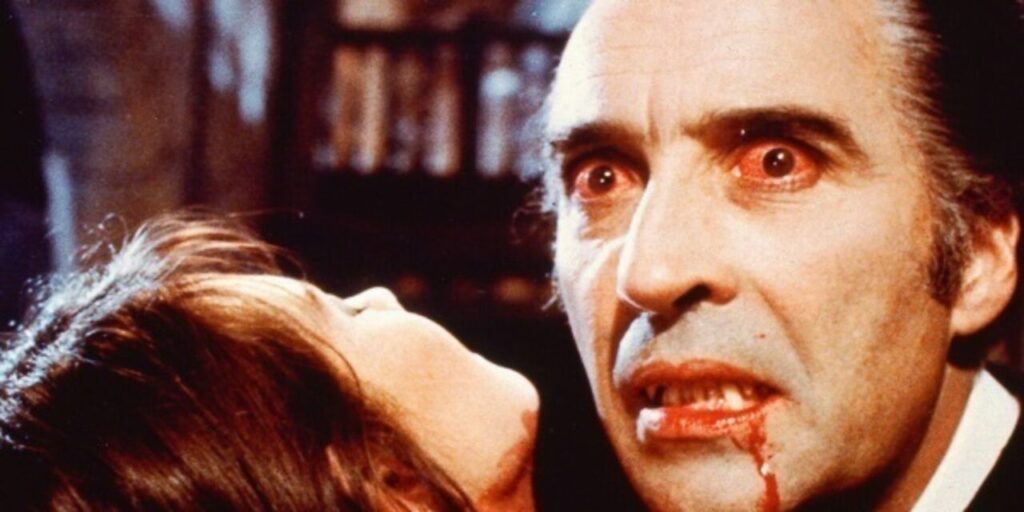
The First Vampire in Fiction
The Vampyre by John William Polidori, written in 1819 is often put forward as the first blood sucker in literature as a work of fiction. Our friends were part of folklore long before that, however. Precursors to the more modern vampire can be found in Mesopotamia and Ancient Egypt – creatures who came at night to pray on humans. The true essence of the vampire, however, came from South West Europe from the early part of the 1700s.
In Voyage to the Levant, writer and traveller Joseph Pitton de Tournefort revealed belief in the undead in the south of Europe including Greece. The word ‘vampyre’ began being used around 1732 when the London Journal mentioned them it in connection with Hungary. The country was mentioned again in ‘Treatise on Apparitions of Angels, Demons and Spirits and on the Revenants and Vampires of Hungary, Bohemia, Moravia and Silesia’ published over ten years later.
People rising from the dead was not an unusual treatment in fiction and poetry at the time. Goethe in the Bride of Corinth talks of a young woman returned from the grave who ‘Still to love the bridegroom I have lost, And the lifeblood of his heart to drink.’ In England, Southey and Byron both penned poems that had vampirism at their heart.
Vampire fiction really began to gather pace with Polidori’s Vampyre, a short story that became immediately successful. It spawned numerous 19th century imitations that blended romance and sometimes eroticism as it began to evolve.
The daddy of them all, however, came with the publication of Bram Stoker’s Dracula in 1897. Even now, over a century later, the Prince of Darkness remains one of the most enduring and memorable characters in literary history. Without him, vampire fiction may well have disappeared into the mist.
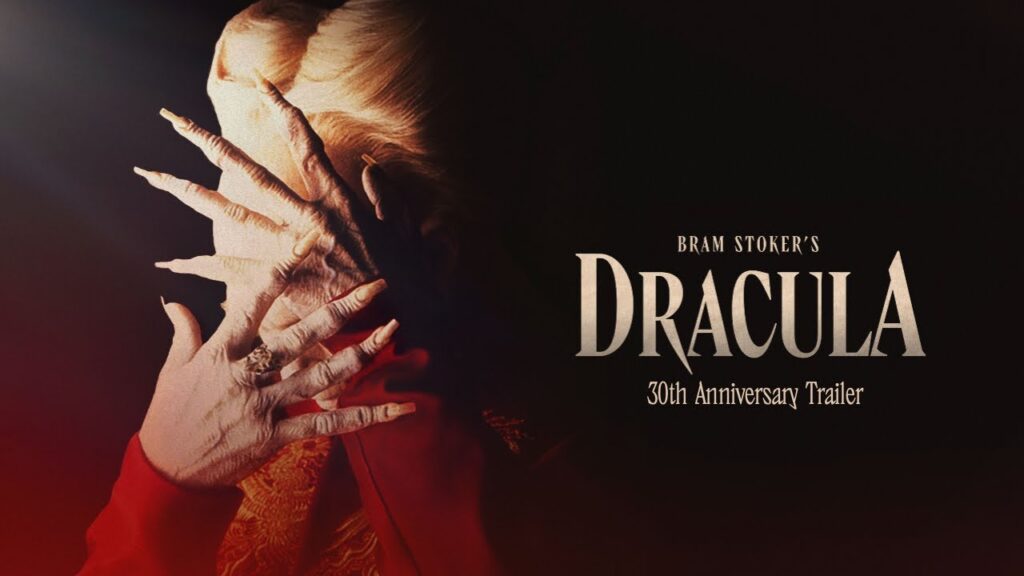
Dracula: The Ultimate Vampire Fiction
We wouldn’t have the plethora of vampire fiction we have today if it wasn’t for Dracula. Published in 1897 by Irish author Bram Stoker, the book introduced two major characters, Professor Van Helsing and the vampire himself. In truth, the book wasn’t an immediate success when it first came out and it wasn’t until popular movies began being made that it really began to capture the public’s imagination.
In fact, the book made hardly any money for Bram Stoker and he was to die in poverty in 1912. The truth is that, over the years, Dracula and the vampire myth has found it easy to penetrate society which ever decade happened to be passing by. He gets repackaged every so often for a new audience and his appeal seems as enduring now as it has ever been. In a literary sense, he actually is immortal.
The Vampire in Popular Culture
The vampire has made an impact on practically all areas of modern culture. It’s not just vampire fiction where we see the fall of the blood suckers shadow. In comic books, music, film, and now even online games, the bared fangs and desire to feast on the necks of victims has spread its satanic tentacles.
There are people who profess to be real vampires, those who are fans of particular series or genres, writers who can’t seem to give up blood suckers no matter how hard they try and those who just love a good scare now and again.
Top 6 in Vampire Fiction
You may not agree with these but we don’t care. You can always add your four penny’s worth in the comments below.
1. Salem’s Lot by Stephen King
A personal favourite from the mid-seventies when Stephen King was beginning to become popular. Salem’s Lot is traditional vampire fiction at its best as the mysterious Kurt Barlow arrives in a small town and people begin to drop off the radar, only to return when night falls.
2. I Am Legend by Richard Matheson
Another apocalyptic treat, this time from the early 1950s. This time we have a worldwide pandemic that elicits the symptoms of vampirism and the book was move away from the more gothic feel of the blood sucker. This is probably the point at which vampire fiction began to morph into other genres and Matheson’s book is sometimes credited with the rise of the zombie hordes we all know and love today.
3. They Thirst by Robert R McCammon
Probably lost in the shadow of King’s Salem’s Lot, They Thirst is another trad vampire novel this time based in Hollywood. The book is a genuine classic of the vampire fiction genre and if you haven’t read it yet, you should give it a try.
4. Interview with the Vampire by Anne Rice
Okay, so there were a whole series of books about vampires by Rice but this was the one that kicked it off. For the first time, we started seeing things from the blood suckers point of view and it spawned a whole series of gothic romance wannabes with everything from The Vampire Diaries to Underworld owing something to the vampire Lestat.
5. Let the Right One In by John Ajvide Lindqvist
While vampire fiction has mostly sat comfortably in its own genre, Let The Right One In moved it into more literary territory. At the time this was hailed as the reinvention of the vampire novel and made into a successful film and is less about the blood sucking undead as the rights of passage of youth and the blooming of terrifying bloom of first love.
6. The Last Vampire by T M Wright
Seems to fallen off the book list in recent decades, Wrights book is a mini-masterpiece as his unwilling vampire sits at the end of the world in a post-apocalyptic future. One book to read if you can find a copy somewhere. Vampire fiction as it should be.
Nosferatu, Dracula and Other Vampires in Film and TV
There have been countless vampire films and there will probably be a zillion more. Here are the one’s you should watch.
1. Nosferatu (1922)
Apparently, they’re about to remake this silent classic. The big draw back in the 1920s was the actual vampire himself. Max Schrek is the perfect blood sucker and his shadow crossing the wall is one of the most memorable images in horror film history.
2. Bela Lugosi’s Dracula (1931)
For a long while, Lugosi was the iconic vampire and became one of the most famous actors in Hollywood. While now the acting seems wooden and the sets a bit stagey, it’s still one of the most famous vampire movies on the planet.
3. Christopher Lee’s Dracula (1958)
Hammer breathed life back into the vampire legend in the late 50s and the film was an immediate box office success. It gave birth to a lot of sequels through the 60s and 70s before Hammer finally went under and Lee’s vampire was finally put to rest.
4. Fright Night (1985)
A surprise hit when it came out in the mid-80s, Fright Night continues to have a cult following today. Undoubtedly helped by the presence of screen legend (and former monkey in Planet of the Apes) Roddy McDowall, it was one of the highest grossing films of the year.
5. The Hunger (1983)
Avant guard meets vampire eroticism in Tony Scott’s film. Star David Bowie was the perfect choice for an 18th century cellist turned blood sucker. In truth, The Hunger is an acquired taste and many found it too heavy on mood and not enough plot. It remains one of the top vampire films of the last 30 years or so though and still has a decent following.
6. Near Dark (1987)
Another surprise hit despite its failure initially at the box office, Near Dark managed to mix Western influences with vampire delights and followed on from successes such as Fright Night and Lost Boys. A more serious effort than its two predecessors, it too has gained a cult following over the years.
7. 30 Days of Night (2007)
While many other vampire films and books at the time were focusing on gothic romance and slightly comic book approaches to vampires such as in the Twilight series, Blade and Underworld, 30 Days of Night went back to a more visceral approach to our blood sucking friends.
8. Let the Right One In (2008)
Finally, I’ll throw in the film version of Let the Right One In, the original Swedish one, not the US remake. In truth, the film is a little better than the book and has some startling performances from Kåre Hedebrant and Lina Leandersson.
9. The Strain
Disappeared under the radar as far as the popularity stakes are concerned, The Strain is a traditional good vs evil vampire epic. Forget trying to put a new spin on blood sucking, the makers have gone for an invincible master and destruction of all human life on the planet.
The Future of Vampire Fiction
Have we said all that we need to say about vampires? In truth, these night dwelling creatures have actually become their own sub-genre. They have an (undead) life of their own and it’s difficult to see them disappearing anytime soon. There have been some 170 different film versions of Bram Stoker’s Dracula so far and probably a good few more to come. There have been thousands of novels and short stories, as well as poems, produced over the years. The number is generally increasing with the popularity of self-publishing and a growing band of indie authors.
Let’s face it, we’re never going to get rid of them. Vampire fiction is here to stay.
Now it’s your turn. What’s your favourite vampire film or book? If you say Twilight, I will cut my wrists and send you the blood in a bottle, you fuckin’ moron. Why do you like vampires? Why do you hate them? What’s next for our blood sucking friends?
As always, put your comments in the bloody space below and I’ll try to get back to you.
